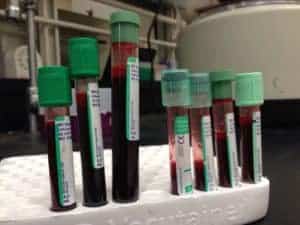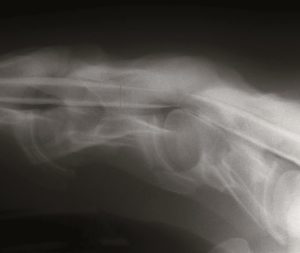
EPM Testing, Treatment Options Reviewed
One vet reviews EPM’s variable clinical signs and the current diagnostic and treatment options available.


One vet reviews EPM’s variable clinical signs and the current diagnostic and treatment options available.
The majority of the quarantines connected to an EHV-1 outbreak originating in Ocala, Fla., have been lifted.

Researchers are continually making advancements to improve equine artificial insemination.
One vet reviews some key points equine practitioners must consider before implementing field anesthesia.

What’s behind a horse’s coat color? The answer lies in coat color genetics.
A Warmblood stallion has been released from quarantine after two negative EHV-1 tests.
Based on Purina’s investigation, the CHRB says vendors can supply any product milled on and since March 27.

Researchers evaluated sample handling and storage time’s effects on CO2 concentrations in horse blood plasma.

Knowing how to manage head injuries allows vets to provide quality care when faced with an ailing horse.

Researchers are scrutinizing the equine eye so they can treat ocular issues better.
Here in Lexington, spring is (finally) in the air. The sun is shining, the temperatures are rising, and the horses are sheddingÉand, boy, are they

A supplement fed after osteochondral fragment removal could help reduce post-surgical joint inflammation.

Researchers are closer to helping owners and trainers identify if a horse is at risk for soft tissue injury.

One vet says to consider wobbler syndrome as a diagnosis for aged horses with neurologic signs and neck pain.

A Santa Barbara County, Calif., gelding has tested positive for non-neuropathogenic EHV-1.

Researchers evaluated how blood collection tube size impacts total plasma carbon dioxide (CO2) concentrations.
Stay on top of the most recent Horse Health news with